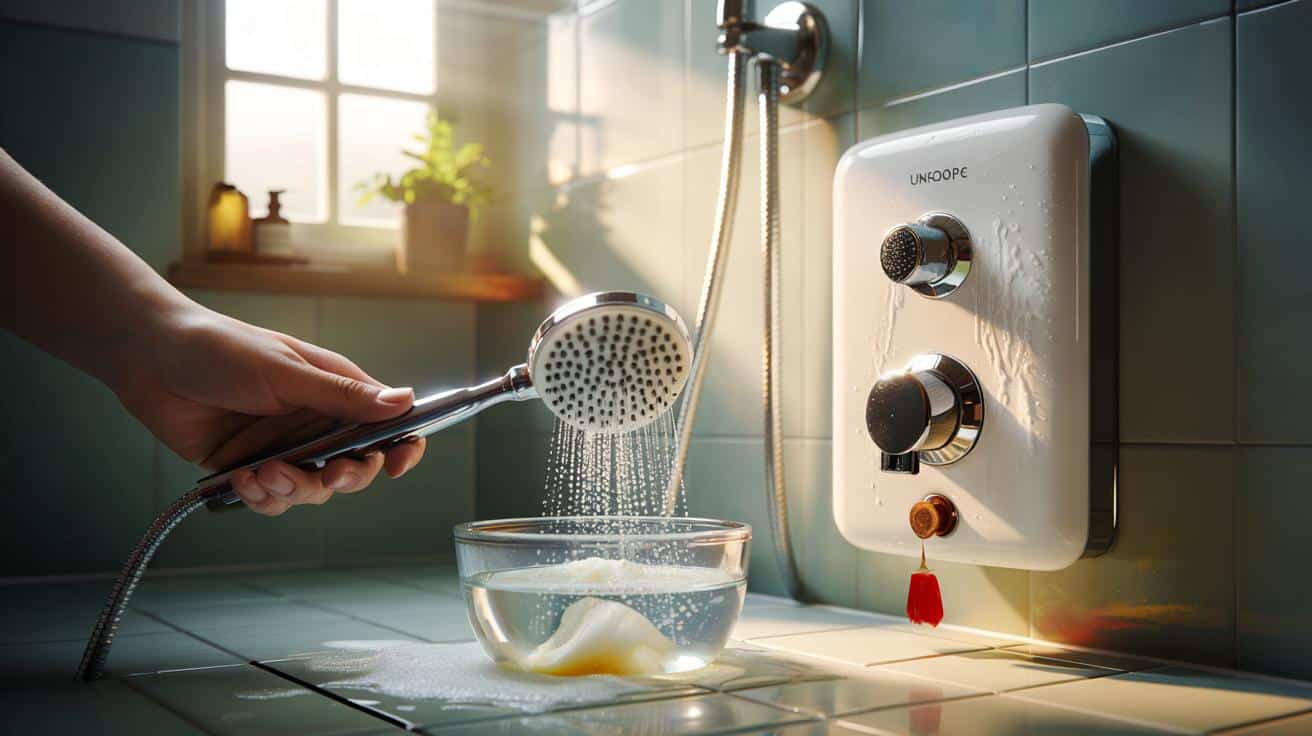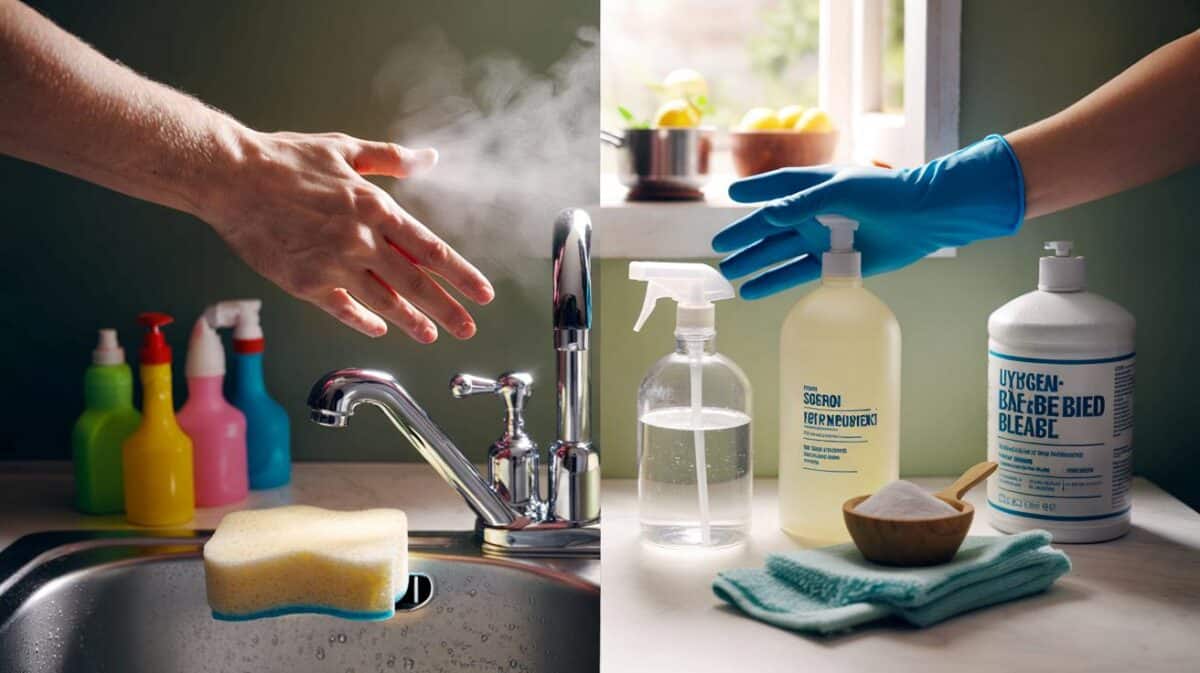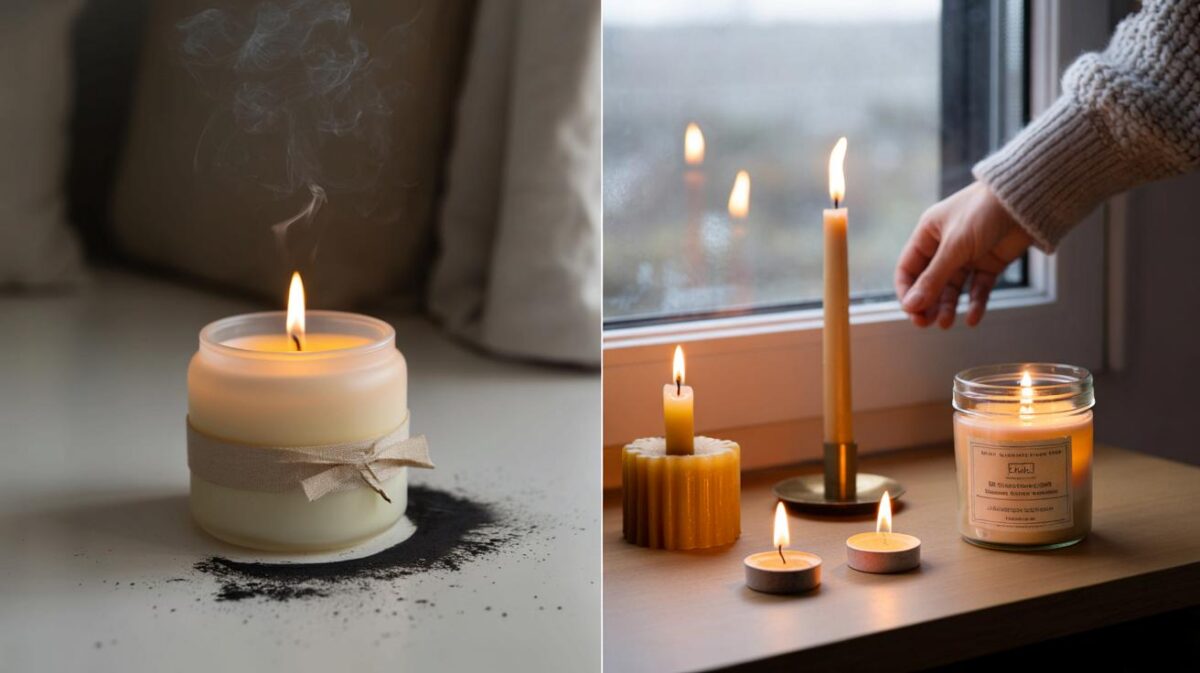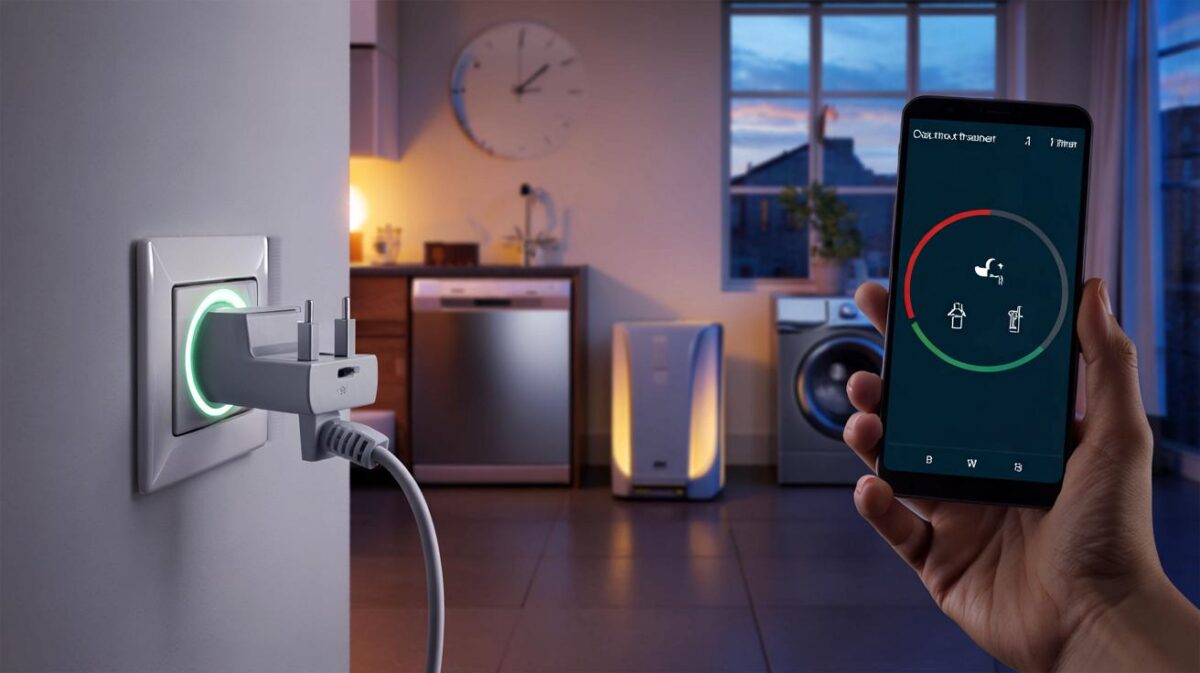A steamy morning shower that stutters from warm to icy isn’t just annoying — it’s wasteful. In hard‑water postcodes, limescale builds fast, flow drops, and your electric shower has to work harder for less comfort. A few easy habits keep the heat steady, tame your bills, and extend the life of the unit. No toolbox. No drama. Just small, regular wins.
The first spray feels great, then… a sulk. The temperature swings. You twist the dial, wait, twist back, and watch your morning slide away one chilly gasp at a time. We’ve all lived that moment where a shower decides who’s boss, and it’s usually not you.
You notice a crust of white on the handset and a hose that’s seen better days. The unit hasn’t been touched since the day it was fitted, and the RCD test button on the fuse board is a mystery you avoid. Still, the fix isn’t always a big job or a pricey call‑out. Sometimes, it’s about five minutes of care and a bit of vinegar.
The fix took five minutes.
Why electric showers lose their mojo
Electric showers are brilliant little heaters. They take cold mains water and warm it instantly, which means flow rate and temperature are in a constant tug of war. A little limescale here, a kink in the hose there, and the balance goes wonky. Heat can’t keep up with flow, so the spray turns lukewarm. Drop the flow too far, and the safety sensors step in, cycling the temperature. It feels temperamental. It’s usually physics.
In hard‑water areas — around 60% of the UK — limescale forms wherever hot water meets air. That includes your showerhead’s tiny nozzles. I watched a renter in Leicester clean nothing but the head: a ten‑minute soak in white vinegar, a quick brush, and their shower went from sputter to steady. No electrician. No spare parts. Just fewer minerals blocking the way. The landlord thought the element was failing. It wasn’t. Flow came back, and so did the heat.
Think about power versus demand. An 8.5 kW shower can raise roughly 4 litres per minute by about 25–30°C. In summer, when incoming water is warmer, that feels great. In winter, cold mains can be near fridge‑temp, so the same unit delivers less hot flow. If you open the handset to a wide, rain‑style spray, you’re asking the heater to do more than it can. The sweet spot is a moderate spray and a steady flow, not a fire hose. That’s where efficiency lives.
Simple maintenance you can actually keep up
Descale the showerhead once a month in hard‑water zones, or every two to three months elsewhere. Unscrew the head or remove the handset faceplate, drop the parts into a bowl of warm water with white vinegar (50/50), and leave it for 20 minutes. Brush the nozzles with an old toothbrush, then rinse. If your head has rubber jets, rub them with your thumb to break up build‑up. Refit, run the shower on cold for 30 seconds, and enjoy the smoother spray.
Hose kinks steal flow and fake “temperature faults”. Keep the hose hanging straight and replace it if the inner liner feels stiff or creased. Use a simple spray pattern rather than a wide mist, which spreads the flow too thin. Don’t crank the temperature to max to compensate for scale; tackle the scale. And keep showers short. **Shorter showers save cash**, and they help the unit run cooler and happier. Let’s be honest: nobody does that every day.
Follow a gentle rhythm and you’ll dodge most headaches. A quick visual check each week, a deeper clean monthly, and a seasonal tweak to the dial. In the time it takes to boil a kettle, you’re done.
“Scale is the silent saboteur. Clean the head and check the inlet filter, and most ‘faults’ vanish,” says Sam Fielding, a Bristol installer who services dozens of electric showers each month.
- Weekly: quick wipe of the handset and hose; keep the spray pattern moderate.
- Monthly: descale the head; run the unit on cold for 30 seconds after cleaning.
- Quarterly: press the RCD test button on your fuse board; reset after the click.
- Annually: have a qualified electrician test the circuit if trips or flickers appear.
- Anytime: if water pressure drops across the home, wait — your shower needs steady flow.
Keep it efficient through the seasons
Winter asks more from your shower. Incoming water is colder, so expect to use a narrower spray or a touch less flow to keep the heat. If your unit has a “high/eco” selector, choose the eco setting when the weather’s mild; switch to high on frost‑bitten mornings. Keep the bathroom warmer — a shut window and a dry mat make a surprising difference to comfort, because you’ll stand under the spray for less time. And if the red light flickers or the temperature yo‑yos, start with the simple wins: clean head, unkinked hose, moderate spray.
Test your safety gear with the buttons made for that job. The pull‑cord isolator and the RCD “Test” on the consumer unit are there to be pressed monthly. If anything trips repeatedly, call a pro. **Don’t open the case** on an electric shower; that’s not a DIY moment. If your unit is older than a decade, a modern 9.5–10.5 kW model can be more consistent, but only if your wiring and fuse rating match. Talk to a qualified electrician before you upgrade.
There’s a communal element to this, oddly. Tell someone you finally descaled the head and watched the temperature settle, and they’ll try it too. Miss a month, no disaster. Miss a year, and you’ll feel it. Keep the ritual light and friendly. Share what works. The small things add up when water, heat, and time meet in a cramped British bathroom.
| Key points | Detail | Reader Interest |
|---|---|---|
| Descale the showerhead | 20-minute vinegar soak restores flow and heat stability | Fast win with household items |
| Balance flow and heat | Moderate spray pattern prevents lukewarm swings | Immediate comfort boost |
| Seasonal tweaks | Eco mode in summer, higher setting in winter; test RCD monthly | Fewer surprises, safer mornings |
FAQ :
- How often should I descale the showerhead?Monthly in hard‑water regions; every two to three months elsewhere. If you see spray going sideways or temperature swinging, clean it sooner.
- Why does my electric shower go hot and cold?Restricted flow from scale, a wide spray setting, or very cold winter mains water can push the unit past its comfort zone. Start with a clean head and a narrower spray.
- Can I clean the inlet filter myself?Some models have an accessible filter on the hose connection. Turn off the water supply, unscrew the hose, and rinse the tiny mesh. If you must remove the cover, stop — call a professional.
- Is a higher kW shower more efficient?Higher kW gives you more heat at the same flow, which feels better in winter. It doesn’t use less electricity per minute. Efficiency comes from shorter showers and steady flow.
- Should I turn off the pull‑cord isolator after every shower?It’s designed for isolation during cleaning or maintenance. Leaving it on is common in UK homes. Turn it off if you prefer, and test it monthly to keep the contacts fresh.








